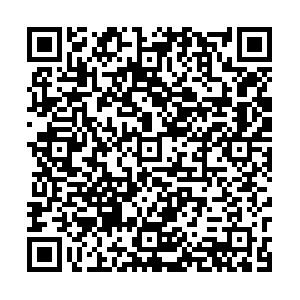-
Abstract
Photon counting LiDAR plays an important role in the long-distance target measurement because of the high detection sensitivity. For the targets with high radial velocity and long distance, ordinary photon counting LiDAR could not recover the useful echo information simply by statistical histogram. In order to solve this problem, a method based on macro/sub-pulse coded photon counting LiDAR is proposed. The flight time of the subpulses is extracted by time shift pulse accumulation and the target distance information is obtained in one macro pulse. In this paper, the theoretical model of macro/sub-pulse coded photon counting LiDAR is established, and the influence of false alarm probability and detection probability is analyzed. The effectiveness of the LiDAR is verified by Monte Carlo simulation and actual experiments. -

New website getting online, testing


 E-mail Alert
E-mail Alert RSS
RSS


